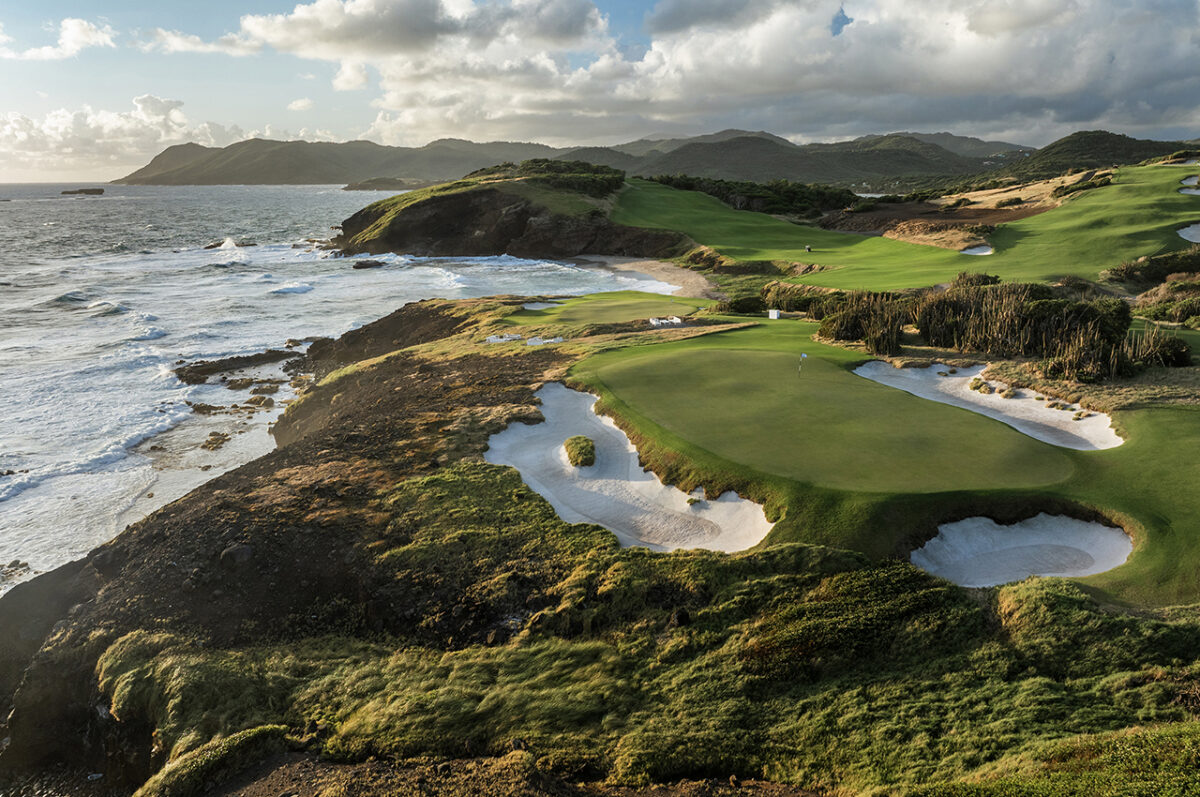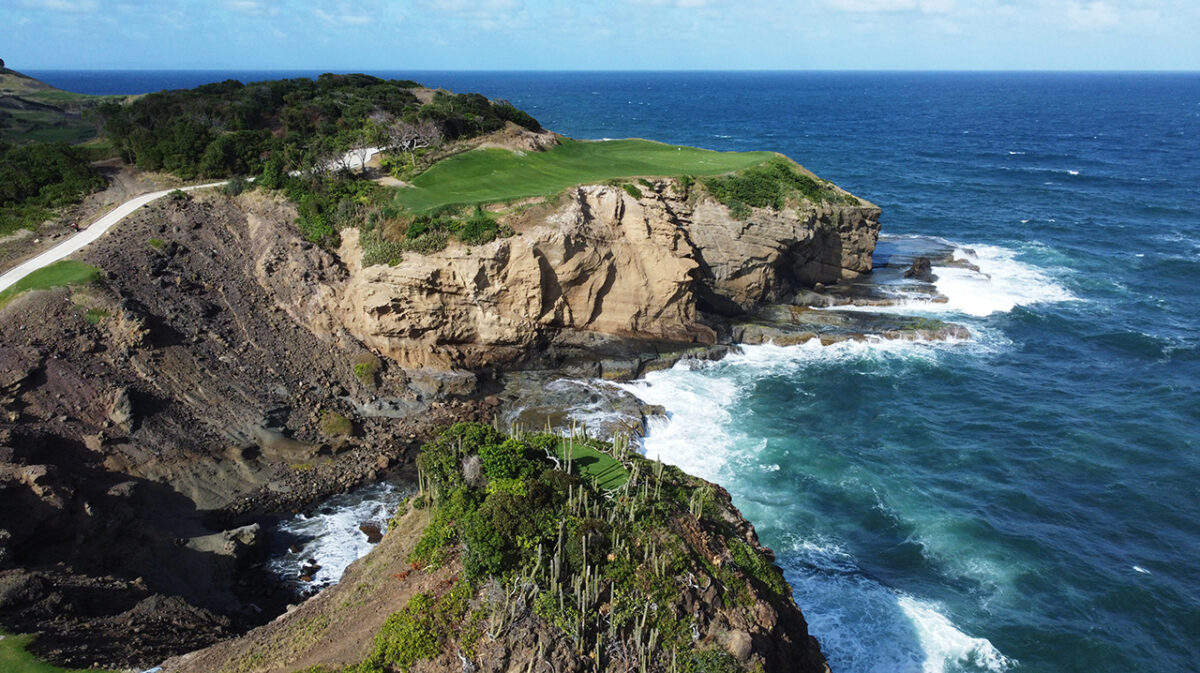Cabot effectively was a niche golf operator for much of its existence since the Canadian company opened its first course in 2012 on the remote shores of Cape Breton Island in Nova Scotia.
The original layout, Cabot Links, was exceptional, and it was followed a few years later by the even more highly ranked Cliffs course. More golf was added in 2020 in the form of a new short course, The Nest. The destination was a home run for company co-founder and CEO Ben Cowan-Dewar, who wisely put the emphasis on best-in-class golf at the Cape Breton property that was aided by the interest and investment of Bandon Dunes Golf Resort founder Mike Keiser.
But like Bandon Dunes, Cabot Cape Breton is a long way from most anywhere, and the Canadian golf season that far north runs just six months. While the Cabot brand represented the peak of modern Canadian golf, a world-class destination not to be missed by any seasoned golf traveler, for most of its existence the company wasn’t quite a major world player.
That has changed.
Cabot has grown up, and much of the globe is now its playground. By purchasing existing properties when promising and building from scratch when necessary, Cowan-Dewar has expanded Cabot’s operations south into the United States and across the Atlantic Ocean to Scotland. He has developed a focus on high-end accommodations, frequently manifesting in the form of aspirational real estate. And without defining how far he hopes to take the Cabot brand, he doesn’t plan to slow down.

The growth has come fast and furious in recent years, most notably with the concurrent introduction of two courses in two different countries.
The built-from-scratch Point Hardy Golf Club – on one of the world’s most jaw-dropping pieces of golf land – opened to its members in December at Cabot Saint Lucia in the southern Caribbean. It soon will be followed in late January by the public-access Cabot Citrus Farms in Florida opening its first course, named Karoo, for preview play on the site of the former World Woods Golf Club.
https://www.instagram.com/reel/C0QeaX8uHrX/?utm_source=ig_web_button_share_sheet&igsh=MzRlODBiNWFlZA==
All that is on the heels of Cabot having purchased Castle Stuart in Scotland in June of 2022, rebranding it to Cabot Highlands and announcing plans to add a second course designed by Tom Doak slated to open fully in 2025. And don’t forget Cabot Revelstoke, a mountainous destination planned to come online in 2025 with a layout by Rod Whitman, who designed the original Cabot course at Cape Breton. Revelstoke is in Canada, but this development is on the opposite side of the continent in British Columbia. Both these properties also will feature residential opportunities.
All the sudden, Cabot has become a year-round operator with developments that span nine time zones. It is now a company on which the sun will never set during the long days of a Canadian summer.
“We’ve always got a lot of irons in the fire,” Cowan-Dewar said in December while he overlooked a tropical marina not far from Point Hardy, trying to relax for a few minutes during a casual interview the day before his private Saint Lucia property hosted its members’ first rounds. “Did I ever conceive it would play out just like this? Of course not. But we did have plans to grow.”

The golf always came first for Cowan-Dewar, whose early ambitions drew the attention of a like-minded Keiser. The American developer serves as a sounding board for the Canadian, and from the beginning his advice has been to build great golf holes, then establish a business model around them.
That starts with the course architects. For Saint Lucia it would be the acclaimed team of Bill Coore and Ben Crenshaw, who also designed the Cliffs at Cabot Cape Breton, rated by Golfweek’s Best as the top modern course in Canada. At Cabot Citrus Farms just north of Tampa, Cowan-Dewar selected the up-and-coming Kyle Franz for the Karoo course and is employing Franz alongside Mike Nuzzo and advisor Ran Morrissett for the second full-size 18 named The Roost, still in development and ambitiously slated to open for preview play in the spring of 2024.
Then it’s just a matter of giving the architects enough latitude to create something special on beautiful pieces of land ideally suited for golf.
“We’re hiring some of the greatest people to ever practice their craft,” Cowan-Dewar said. “How many times in your life do you get to work with some of the greatest artists at a moment in time when they are the best? And we’re lucky to do that. So we want to give them the biggest canvas possible with no limitations. Trust in the architects, and we can figure out the rest around that.”
That trust has led to two very different golf courses in Point Hardy and the Karoo at Cabot Citrus Farms.



